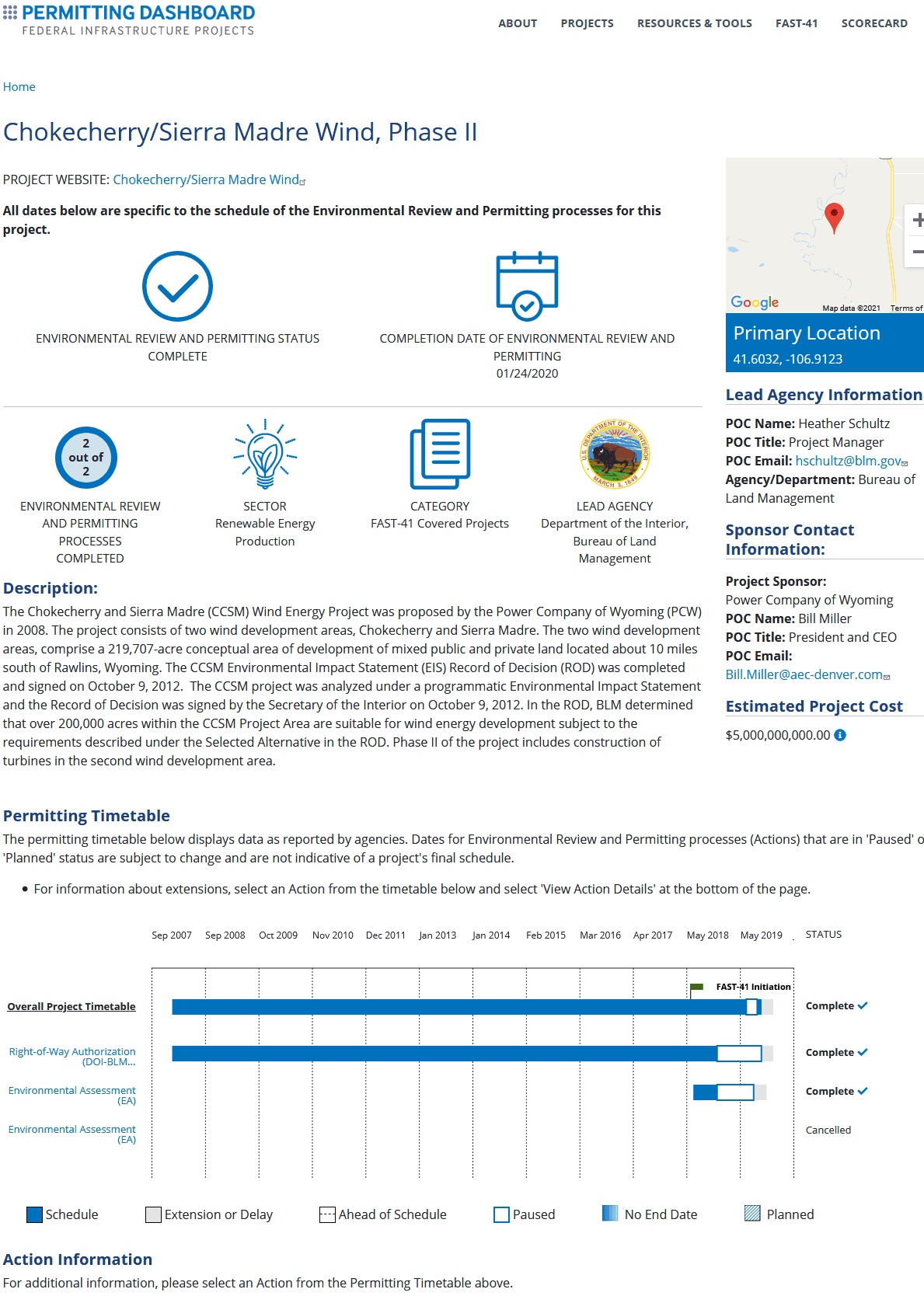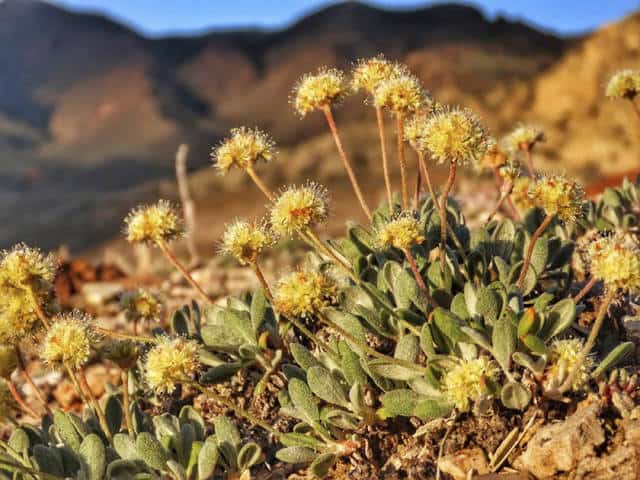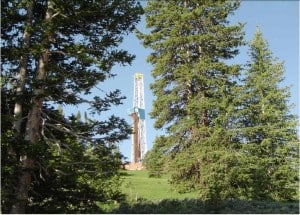
She said “In reviewing Fast 41 requirements, it in not quite clear to me on how the Jan 8 2021 revised rule will be implemented and if a mining project (such as Stibnite Gold Project) are included under Fast 41, what changes for agency staff and applicants?”
Fast-41 Rule; revised to include mining industry
The origin of Fixing America’s Surface Transportation (FAST) Act was to “improve the timeliness, predictability, and transparency of the Federal environmental review and authorization process for covered infrastructure projects.” Eligible projects under the statute are those subject to NEPA, over a $200M investment and are not included under other abbreviated authorization or environmental review processes. The Jan 8 2021 rule includes the mining industry projects as defined by the permitting council and consistent with E.O. 13807, “Establishing Discipline and Accountability in the Environmental Review and Permitting Process for Infrastructure Projects,” and E.O. 13817, “A Federal Strategy to Ensure Secure and Reliable Supplies of Critical Minerals.”Guidance for the Coordinated Project Plan from the permitting council (May 26, 2020 https://www.permits.performance.gov/fpisc-content/fast-41-process#whatiscpp) include the following:
The Coordinated Project Plan (CPP) is a tailored roadmap to the permitting process, developed by Federal agencies in partnership with the project sponsor. In developing the CPP, agencies collaborate to establish:
• Roles and responsibilities for all entities with permitting responsibilities
• A permitting schedule with interim and final milestones, with potential focus areas for additional interagency coordination noted
• Potential avoidance, minimization, and mitigation strategies
• Plans and a schedule for public and tribal outreach and coordination
She asks “Would mining project proposed for inclusion under the Fast 41 program develop a CCP to submit to the lead federal agency for the project along with a Plan of Operations?”
It sounds to me from a brief review that the developer would choose to opt in (here are the pros and cons according to one law firm). Then the Lead Agency would initiate the CPP. Possibly the FS would be the lead agency; I’m not clear when BLM is the lead on minerals.
Here’s a summary from DOT about FAST41.
It looks like while BLM has quite a few projects enrolled in Fast41, the FS only has one project (one was cancelled), the Kake to Petersburg Tranmission Line.
Here’s a roadmap of the coordination process. The Forest Service has its own website about FAST41 here.
This might sound pretty specialized, but with the Biden Administration potentially encouraging many new wind and solar installations plus the necessary transmission lines on federal lands, we may all become more familiar with FAST41 and using it for projects.



